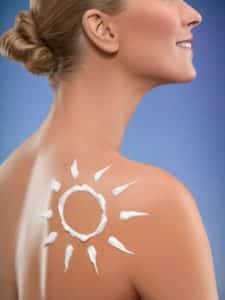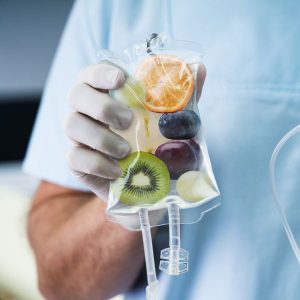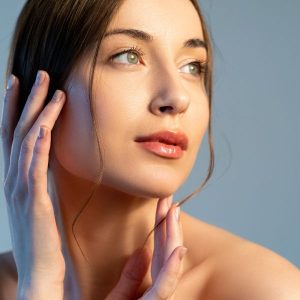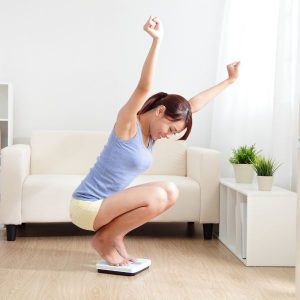Finding the right sunscreen that will protect your skin against summer sun.
Summer is the best time of year to spend long days outdoors, take advantage of the warm weather and soak up the summer sun. However, while these things can be some of the most enjoyable aspects of summer, they can also be the most dangerous.
 The sun’s rays are stronger in the summer than at any other time of year which can lead to a dangerous amount of sun exposure. While too much sun can lead to freckles, wrinkles, age spots and dry skin, UV radiation from the sun is also the leading cause of skin cancer.
The sun’s rays are stronger in the summer than at any other time of year which can lead to a dangerous amount of sun exposure. While too much sun can lead to freckles, wrinkles, age spots and dry skin, UV radiation from the sun is also the leading cause of skin cancer.
Skin cancer is the most common form of cancer in the United States with more than 3.5 million cases of skin cancer diagnosed annually. One of the most serious types of skin cancer, Melanoma, is responsible for more than 73% of skin cancer deaths with over 1 million new cases being diagnosed in the United States annually.
The best way to protect against sun exposure and skin cancer is through wearing proper sunscreen. However, with all of varieties, types, brands, and SPFs, it can be confusing trying to find the best sunscreen for your body.
Choosing The Right SPF
The most important thing to consider when choosing a sunscreen is the sun protection factor. Sun protection factor, or SPF, measures the length of time that a product blocks out the sun’s harmful rays. For instance, if you normally start to get sun burned after 10 minutes in the sun, a sunscreen with SPF 15 should allow you to stay out of the sun 15 times longer (150 minutes) before burning.
However, this can vary depending on how much sunscreen you put on and the amount of time since you last applied it. Sunscreen should be reapplied every two hours and immediately after going in the water. You need at least a tablespoon’s worth of sunscreen to cover your face and ears, and a shot glass-sized amount to cover each exposed area of your body (legs, shoulders, stomach, etc.)
You should also be aware that a higher SPF doesn’t always mean a longer amount of time you can stay in the sun. A higher SPF simply means that it absorbs more UV rays. For example, an SPF of 2 will absorb 50% of UV rays, SPF 15 absorbs 93%, SPF 34 absorbs 97%, etc.
Includes UVA and UVB Protection
Your sunscreen should also provide broad-spectrum protection. Typical sunscreen only protects against UVB (burning) rays while sunscreen with broad-spectrum protection also helps protect your skin from UVA (aging) rays.
This is very important because UVA rays have been directly linked to melanoma skin cancers along with wrinkles and other serious signs of sun damage. Be sure to look for ingredients in your sunscreen such as zinc oxide, titanium dioxide, or Mexoryl which all protect against UVA rays.
Waterproof vs. Water Resistant
 It’s also very important to understand the difference between waterproof and water resistant when choosing your sunscreen. The FDA considers a product “water resistant” if it maintains its SPF level after 40 minutes in the water. However, a product is considered “waterproof” if its SPF level is maintained following 80 minutes of water exposure.
It’s also very important to understand the difference between waterproof and water resistant when choosing your sunscreen. The FDA considers a product “water resistant” if it maintains its SPF level after 40 minutes in the water. However, a product is considered “waterproof” if its SPF level is maintained following 80 minutes of water exposure.
If you are frequently involved in water sports and activities throughout the summer such as swimming, boating or water skiing, it may be more beneficial to choose a waterproof sunscreen rather than one that is water resistant.
Whether or not you are heading outdoors for the day or for just 20 minutes, applying the proper type of sunscreen is essential to protecting your skin against the sun’s harmful UV rays. After all, it is much easier to take steps to prevent skin damage early on that it is to reverse it later down the road.


















